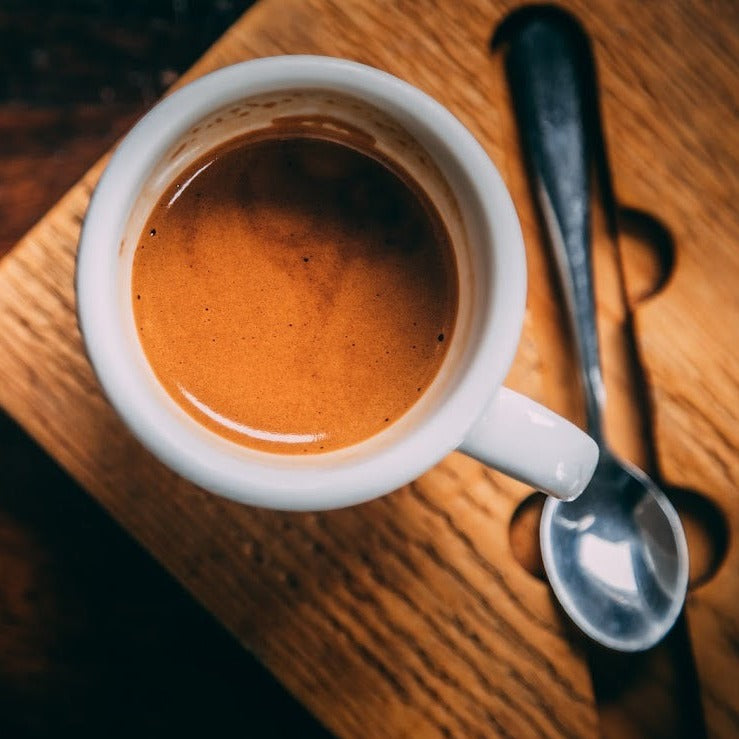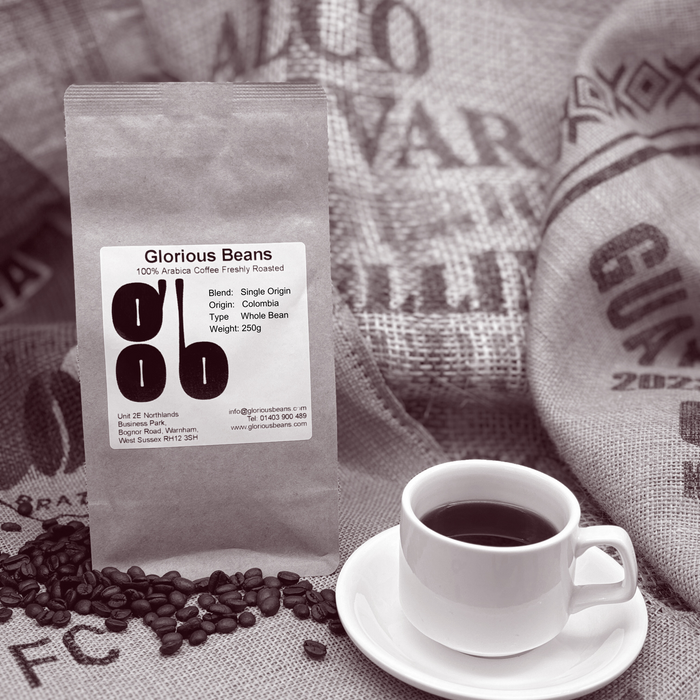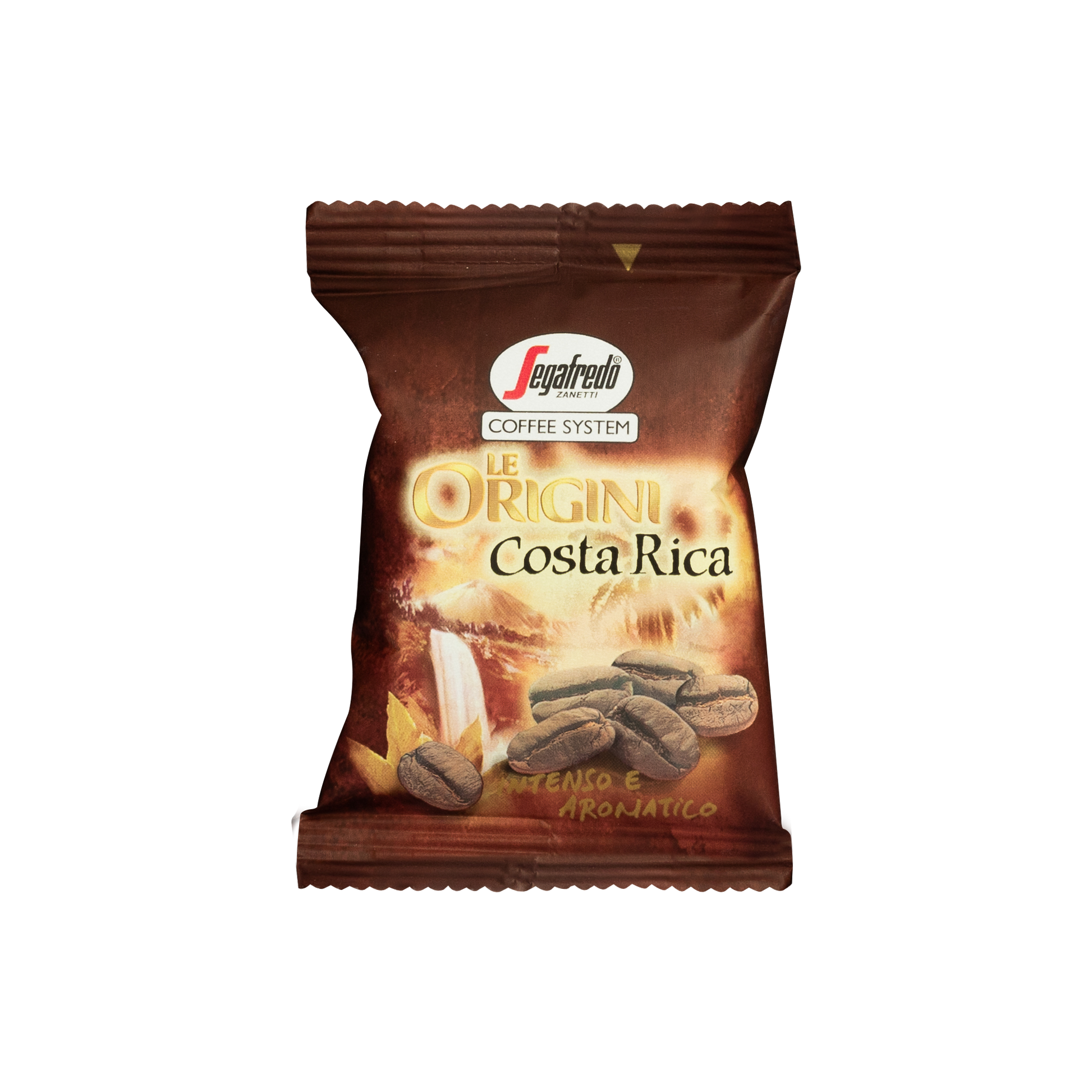SOE Single Origin Espresso – Perfect for Manual Brewing Methods
Wiki Article
Coffee Beans 101: Whatever You Need to Learn About Coffee and Blended Coffee Beans
When it comes to coffee, recognizing the subtleties of coffee and blended beans can transform your daily cup. You'll find the unique characteristics of Arabica and Robusta beans, and how each effects taste and caffeine material. From the growing process to roasting strategies, every action contributes in your coffee experience. So, what makes the excellent mixture? Allow's explore the vital components that contribute to a phenomenal cup of coffee.Understanding Coffee Beans: Selections and kinds
When diving right into the world of coffee, comprehending the types and ranges of coffee beans is necessary for every lover. You'll mostly encounter two primary types: Arabica and Robusta. Arabica beans are recognized for their smooth, complex flavors and lower caffeine material, making them a favorite among coffee fanatics. On the other hand, Robusta beans pack a punch with a stronger, more bitter taste and greater caffeine degrees, frequently made use of in coffee blends.Ethiopian Yirgacheffe provides bright floral notes, while Colombian beans provide a healthy taste account. By acquainting yourself with these beans and their flavors, you'll raise your coffee experience and make even more informed selections in your developing journey.
The Growing Refine: From Seed to Bean
When you explore the trip of coffee, everything starts with seed selection methods that set the structure for high quality. From there, growing and gathering play necessary duties in ensuring the beans thrive. Finally, processing approaches transform those collected cherries into the coffee beans you love.Seed Option Methods
Picking the best seeds is vital for generating high-grade coffee beans, as it lays the foundation for the whole expanding process. You should start by selecting seeds from trusted resources that focus on high quality and genetic diversity. Seek varieties known to flourish in your certain environment and soil conditions. Take note of the seed's age and storage space problems, as fresh seeds tend to germinate much better. When feasible, opt for natural seeds to reduce direct exposure to harmful chemicals. Think about the illness resistance of various selections, as this can considerably influence your return. Ultimately, don't be reluctant to seek advice from local farmers or experts to gain insights right into the best seed alternatives for your region. This expertise will certainly boost your coffee-growing experience.Cultivation and Harvesting
As you nurture your coffee seeds right into flourishing plants, recognizing the cultivation and harvesting procedure is vital for attaining the ideal taste and quality. Beginning by planting your seeds in well-draining dirt, ideally in a shaded location to protect them from direct sunshine.When it comes time to harvest, seek ripe cherries, which typically transform a lively red. Hand-picking is typically the most effective method to ensure only the ripest cherries are selected. Timing is necessary; gathering as well late or too very early can affect the flavor account of your beans. Accept persistence and care, as this is where quality begins.

Handling Techniques Clarified
Once you've gathered your coffee cherries, the following necessary step is processing them to change those vivid fruits right into the beans you'll make. There are two primary approaches: the damp process and the completely dry procedure. In the dry process, you spread the cherries out in the sunlight to completely dry, enabling the fruit to ferment and give one-of-a-kind tastes to the beans. On the various other hand, the damp process includes eliminating the fruit promptly and fermenting the beans in water, causing a cleaner taste. After processing, the beans are hulled, sorted, and typically dried once again. Each technique impacts the taste profile, so experimenting with both can help you discover your favorite mixture. Understanding these methods is key to enjoying your coffee experience.Toasting Techniques: Just How Taste Is Established
When it pertains to toasting coffee beans, comprehending roast levels is vital to revealing their distinct tastes. Each toasting technique impacts the aroma and boosts the flavor advancement process, giving you a richer coffee experience. Allow's check out how these factors collaborated to raise your daily brew.Roast Degrees Described
Roast degrees play a necessary role in forming the flavor profile of your coffee. By comprehending these degrees, you can much better pick a coffee that matches your taste preferences. Experiment with various roasts to uncover which one resonates with you, improving your total coffee experience and enjoyment.Influence On Fragrance
The roast degree not only influences the preference of your coffee yet likewise significantly influences its fragrance. Each toasting method launches various unpredictable substances, forming just how your coffee smells. Furthermore, the quality of the beans plays a vital duty; freshly baked coffee launches a lot more fragrant oils, boosting that luring scent.Flavor Advancement Process
As you discover the taste advancement process, you'll uncover that toasting strategies play a vital function fit the preference profile of your coffee. The toasting temperature and time straight influence the level of acidity, sweetness, and bitterness of the beans. Light roasts retain even more of the bean's original tastes, highlighting flower and fruity SOE notes. Tool roasts equilibrium acidity and body, using an all-round taste. Dark roasts, on the various other hand, bring out bold, great smoky features while reducing the bean's inherent high qualities. Throughout roasting, chain reactions, like the Maillard response and caramelization, change the beans and improve their intricacy. Try out various roasting levels can assist you find your perfect mixture, so do not think twice to taste and discover the abundant spectrum of flavors!Coffee vs. Blended Coffee: Trick Differences
Espresso and combined coffee each deal special experiences that accommodate various preferences and preferences. Espresso is a concentrated coffee brewed by requiring hot water through finely-ground coffee beans, leading to a rich, strong flavor and a luscious layer of crema on the top. It's typically delighted in as a shot or used as a base for drinks like coffees and cappucinos.On the various other hand, combined coffee integrates different beans from various regions, producing an extra well balanced taste profile. You'll typically locate blends that highlight body, sweet taste, or level of acidity, making them flexible for various developing techniques. While coffee concentrates on strength, combined coffee might offer a more comprehensive variety of flavors that can change with each sip.
Eventually, your selection in between espresso and mixed coffee come down to your individual choice. Whether you hunger for a leisurely mug or a quick jolt, both alternatives have something delicious to use.

Brewing Approaches: Unlocking the Perfect Mug
When it involves developing coffee, discovering the right technique can transform your experience and raise your cup. Each developing strategy has its special appeal and can greatly affect your coffee's flavor and aroma. Utilizing a French press enables you to take pleasure in a rich and full-bodied mixture, while a pour-over method provides a tidy, brilliant mug with distinct flavors.If you like espresso, spending in a top quality machine can aid you master the art of drawing shots. Additionally, for convenience, a single-serve hull system offers rate without sacrificing preference.
Do not fail to remember about chilly brew, which provides a smooth, much less acidic coffee suitable for hot days. Trying out various techniques to discover what reverberates with your taste buds. Each developing method opens up a new globe of possibilities, so make the effort to discover and find your ideal mug. Pleased brewing!
Tasting Notes: Identifying Taste Profiles
How can you truly appreciate your coffee if you don't know what tastes to look for? Sampling notes are your overview to comprehending the complicated world of coffee. When you sip, take notice of the preliminary flavors that hit your palate. You may identify fruity notes, like berry or citrus, or perhaps a nutty undertone. As you remain to taste, observe exactly how the flavors progress-- this is referred to as the "coating." Some coffees may leave a chocolatey or caramel aftertaste, while others may have a bright, clean surface.Think about the body of the coffee, as well; is it light and ventilated or thick and syrupy? Don't neglect level of acidity; a brilliant level of acidity can include life, while a low acidity might provide a smoother experience. By determining these taste accounts, you'll grow your connection with each cup, making coffee sampling a delightful trip of exploration.

Tips for Selecting and Storage Coffee Beans
Picking and storing coffee beans correctly can significantly enhance your developing experience. Begin by selecting top quality beans that match your taste. Search for freshness; beans baked within the last two weeks are perfect. Examine the roast day on the product packaging, and purchase from reliable roasters or local stores.Once you have your beans, save them in an impermeable container to stop direct exposure to wetness, air, and light. A dark, great area works best, so stay clear of keeping them in the fridge or fridge freezer, as this can introduce moisture. Only grind the amount you need to maintain quality; whole beans keep flavor longer than pre-ground coffee.
Lastly, try to utilize your beans within 2 to four weeks after opening up for peak taste. Complying with these pointers will assure your coffee remains tasty and delightful, boosting your day-to-day mixture to brand-new heights.
Regularly Asked Concerns
How Much Time Do Coffee Beans Stay Fresh After Toasting?
Coffee beans stay fresh for about 2 weeks after toasting - SOE. You should save them in an airtight container, away from light and wetness. After that, their flavor and aroma start to reduce considerably
Can I Mix Different Coffee Bean Varieties?
Definitely, you can mix different coffee bean varieties! Explore blends can boost tastes and produce a special taste profile. Just ensure to balance the strengths and features of each selection for the very best outcomes.What Is the Perfect Grind Size for Coffee?
For coffee, you'll desire a great grind size, about the structure of table salt. This enables ideal removal, causing a rich, savory shot. Experiment a bit to discover what fits your taste best!Exactly How Does Altitude Affect Coffee Bean Taste?
Elevation influences coffee bean flavor by influencing the development rate and chemical composition. Greater altitudes cause slower maturation, which enhances acidity and intricacy, offering your coffee a unique and vibrant taste you won't neglect.Exist Decaffeinated Variations of Espresso Beans?
Yes, there are decaffeinated versions of coffee beans. You can enjoy a rich espresso taste without the high levels of caffeine kick. Just search for "decaf" blends at your regional coffee bar or specialized shop.Coffee Beans 101: Every Little Thing You Need to Know About Espresso and Blended Coffee Beans.
When diving right into the globe of coffee, recognizing the types and varieties of coffee beans is essential for every fanatic.When it comes to toasting coffee beans, recognizing roast degrees is crucial to exposing their distinct tastes. Coffee is a concentrated coffee made by forcing warm water with finely-ground coffee beans, resulting in an abundant, strong taste and a creamy layer of crema on top.On the other hand, blended coffee integrates numerous beans from various areas, creating a much more balanced taste account.
Report this wiki page